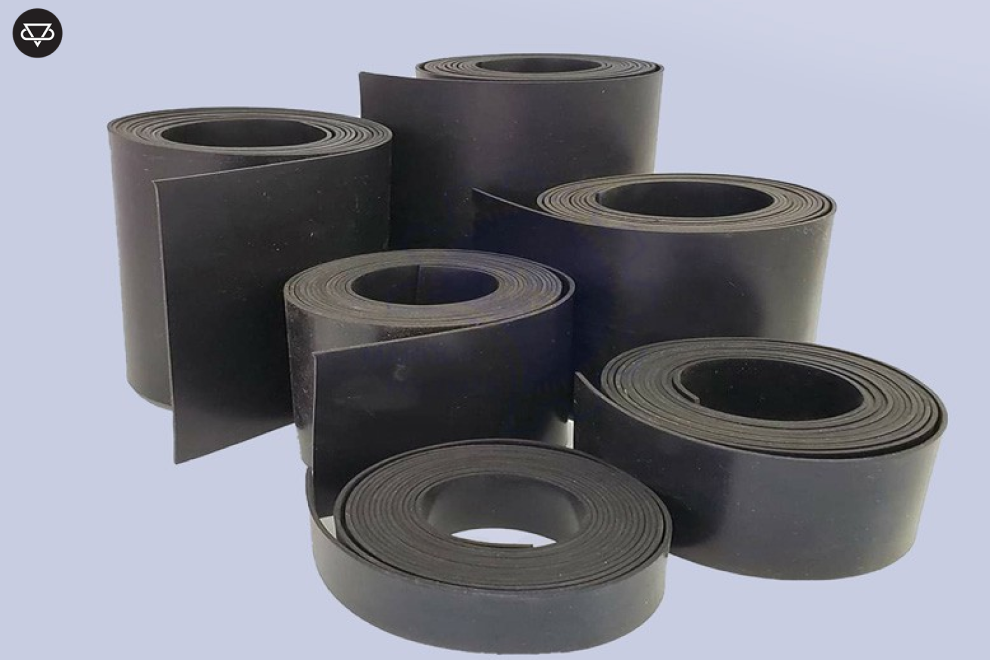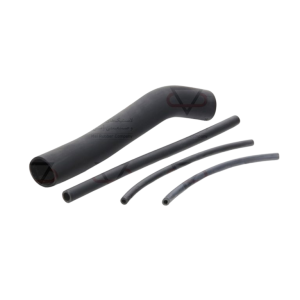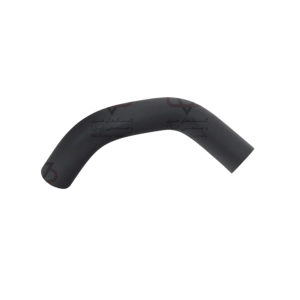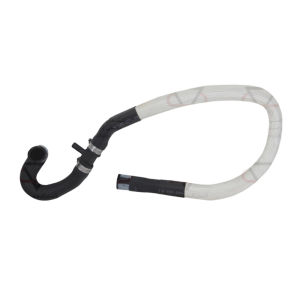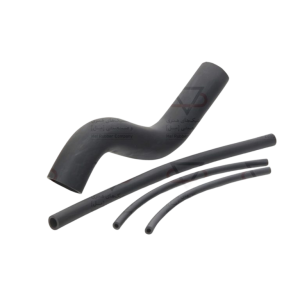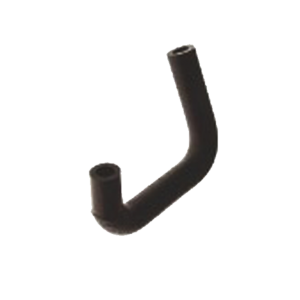Nitrile Butadiene Rubber (NBR) Compound Production and Supply of Nitrile Butadiene Rubber Compounds Mel Artistic and Industrial Rubber Company, with years of experience and expertise in the field of nitrile rubber compound consultation or nitrile butadiene rubber (NBR) compounds, as well as having a specialized and experienced staff, is ready to provide consultation in the field of nitrile rubber compound formulation to esteemed applicants.
What is Nitrile Rubber or Nitrile Butadiene Rubber (NBR)?
Nitrile rubber or NBR, also known as acrylonitrile butadiene rubber, is a type of rubber compounded from acrylonitrile and butadiene. It is also known by various brand names such as Perbunan, Nipol, Krynac, and Europrene.
What is Nitrile Rubber Compounding? To put the process of nitrile rubber compounding or rubber mixing in a simple and concise way, we should say that “Nitrile rubber compounding is actually the process of mixing the elastomer with its required additives, which is carried out by a compounder.”
Who is an NBR Compounder (Nitrile Rubber Compound Specialist)?
A nitrile rubber compounder is actually an engineer who regulates and determines all the matters related to rubber mixing from zero to one hundred. The quality of the rubber product that results from this compounding process depends entirely on the raw materials, experience, knowledge, expertise and type of performance of the compounder. In fact, each of the determining factors in producing a quality rubber compound, such as nitrile rubber raw materials, the knowledge and experience of the compounding engineer, his type and method of operation, plays a very effective role in producing the final product that is ultimately delivered to consumers or industrial units.

What are the purposes of nitrile rubber compounding?
Rubber compounding or nitrile rubber compounding usually pursues three main objectives, which are as follows:
Controlling the rheological behavior of the rubber
Improving the physical, mechanical and dynamic properties of the rubber
Controlling the cost of the rubber
What is the concept of mastication in the rubber compounding process? If we want to provide a definition of mastication, we can say that mastication refers to “putting the elastomer under tension in order to reduce the molecular mass and create viscosity (thickness) in the product with the aim of improving the mixing and quality of its nitrile rubber compound.” Mastication in the production of nitrile rubber compounds can be done in two ways:
Physical mastication
Chemical mastication in compound formulation (use of peptizers)
A raw elastomer can never be used alone because raw elastomer cannot be processed on its own and is resistant to mechanical processes. This resistance to processing is known as “Nerve”. The higher the Nerve content of a rubber, the more difficult it is to process. In fact, Nerve means spending time and energy on the rubber process, which means more cost in the process of producing nitrile rubber or nitrile rubber compound. We try to reduce the Nerve of the rubber by various methods at the beginning so that we can add additives in greater quantity and quality to the raw elastomer.
Nitrile Rubber Compound Formulation Nitrile Rubber Compounding Objectives Rubber compounding or nitrile rubber compounding generally pursues three main objectives which are:
Controlling the rheological behavior of the rubber
Improving the physical, mechanical and dynamic properties of the rubber
Controlling the cost of the rubber
Styrene Butadiene Rubber (SBR) Compound Formulation Styrene Butadiene Rubber Compound Formulation includes the following:
Elastomers: These are polymer bases or alloys of different polymer bases.
Reinforcing agents: These are used to improve the physical, mechanical and dynamic properties of the product.
Processing aids: These include plasticizers, homogenizers, retarders and several other materials to control the rheological properties of the compound during mixing and forming.
Stabilizing systems: Against oxygen, ozone and acid and base
Curing system: These include the curing agent, accelerators and activators.
How to choose an elastomer in formulation design? Based on the environment in which the final part is to work (chemical resistance). Based on the physical, mechanical and dynamic properties desired for the final product, such as hardness, tensile strength, percent elongation, elasticity, compressive strength, etc. Other technical requests or customer demands, usually presented to the organization in question under the title of test plan.
Measurable properties in nitrile rubber compound formulation
Hardness
Tensile strength
Percent elongation
Compressive strength
Thermal resistance
Chemical resistance
Ozone resistance
Other tests


